Modern Fashion Warfare
I’m in Paris and have thrown myself into the crazy world of the fashion shows, courtesy of Madame Figaro magazine. I’ve been a few times over the years, and as soon as I arrive it all comes flooding back. The fashion industry is a hierarchy and no more so than in this crazy week of up to 12 shows a day. Each photographer, magazine editor, stylist, model, indeed everyone has a different status. You are ranked in terms of importance, and where you sit and where you are allowed to go are manifestations of your level of importance. We are the lucky ones inside, because outside every show are the excluded, usually with camera to hand, who want to just see a model – someone vaguely famous – just hoping to pick up any crumb from the world of fashion.
Our friends (and enemies too) are the press departments of the fashion houses. They stand around with walkie talkies and lists of the favoured, exerting their power over procedures. Who you are and who you know are factors that are crucial to the ease or difficulty of access.
So I arrive at a show an hour or so before it starts and the first thing I see is hair and make up. How on earth can I re-invent shooting this when I am on my 10th show. I do not know. I’ve seen it all before, but then I realise that the hoards of photographers are not even remotely perusing what interests me. They are taking commercial beauty shots: faces, clothes which is what sells.
“ Bright and tight” is the phrase.
They all sport the most amazing array of flash diffusing gizmos, many huge and hand made, to soften the light. I become transfixed by these.
My contact at the magazine suddenly breaks some amazing news: I am the only non Dior photographer who will be allowed backstage for the show, the final one by their disgraced chief designer, John Galliano. I can hardly believe this and show up at the appointed hour to be led to the bustling backstage area.
The same procedure is taking place, hair and make up, then the clothes arrive, then it is ‘first looks’. But, unlike any show I have seen, the dressers are accompanied by the highly skilled sewing technicians: all in starched white overalls. The atmosphere is both tense and confident as the remarkable clothes are revealed.
Then, thirty minutes late – this is obligatory for all shows – the chief exec of Dior delivers his Galliano apology and the show begins. By now everything is quite emotional and there is clapping, cheering and tears in equal measure.
After the show, even the models seem to hang around, hug and drink champagne. Models can often exit a show in less than 3 minutes, racing to their waiting motorbikes, to be taken to the next show. Outside, it seems all the fashion wanabees are there in full.
On my last day there is a lunch time show from Celine, a brand that, to be honest, I have never heard of. Seemingly this is the bees knees. There is no backstage access here so I go front of house, where for the first time the show is not illuminated in a style that resembles a poorly lit disco. We can see the whole fashion set in one go.
After the show, the few people I know are in ectasy about the new season’s clothes. Seemingly, Celine have hit upon a good idea: make clothes that people want to buy rather than showcasing the ego of the designer. Not only are these clothes very expensive, but are also at the cutting edge of fashion.
My assignment is finished, and although I find the world of high fashion crazy and annoying, it is also somehow slightly addictive. Despite its secret quirks and contradictions, its inherent snobbishness, it seems to gets under my skin.
Martin Parr, March 2011

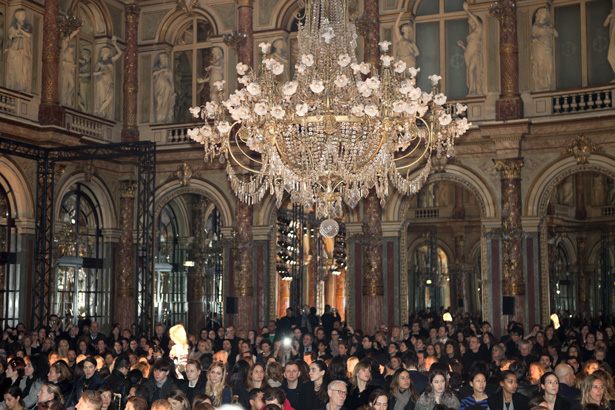
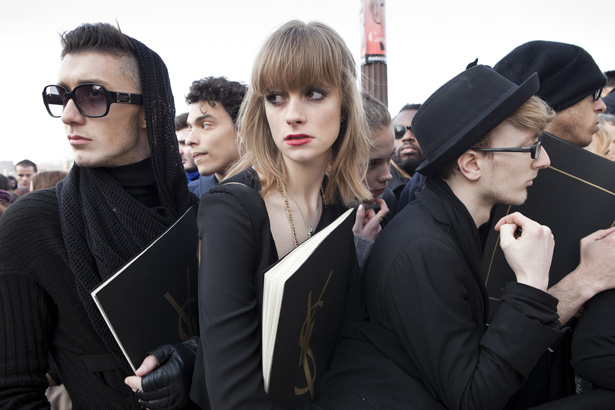
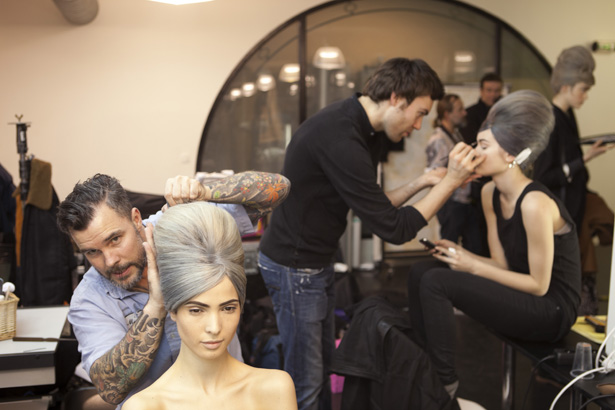
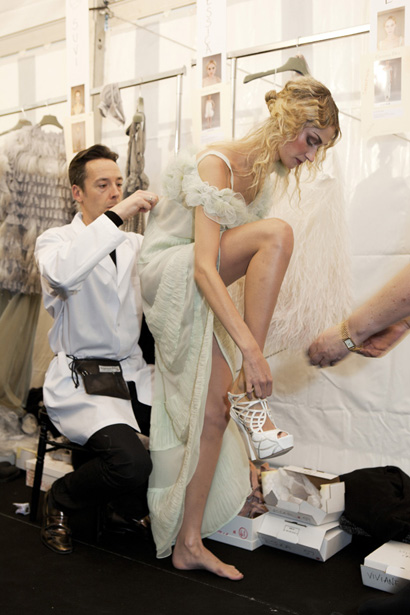
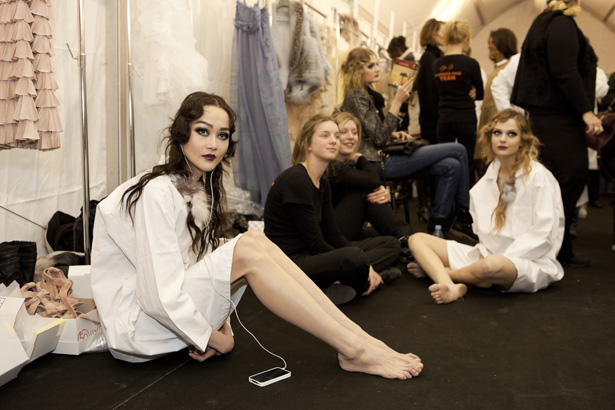

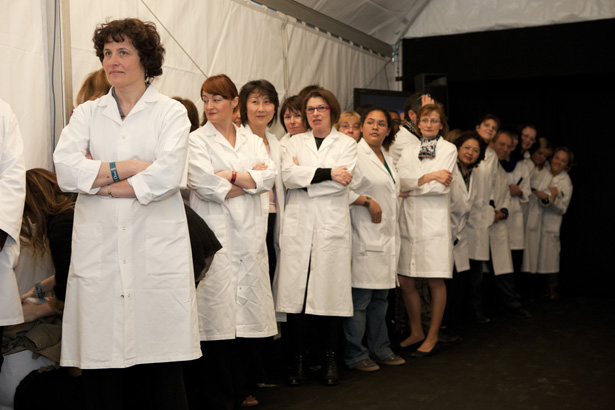
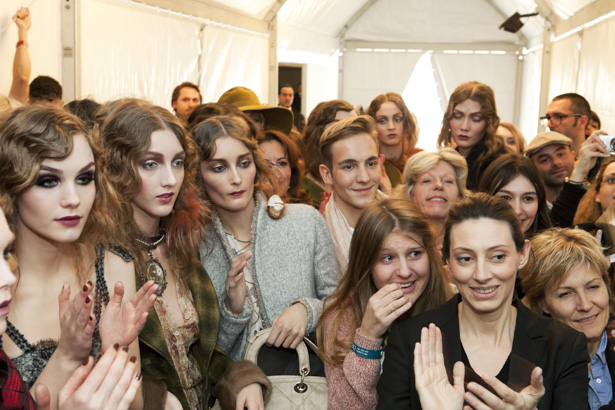
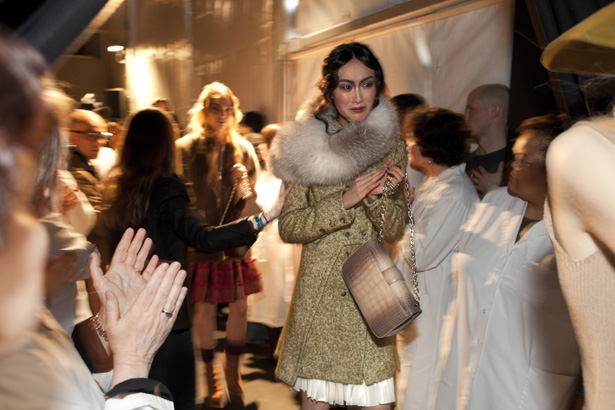
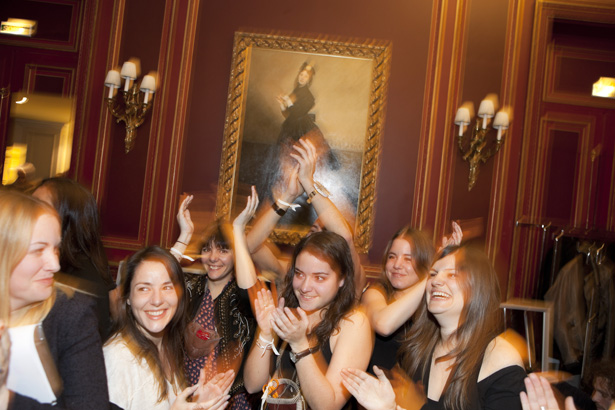
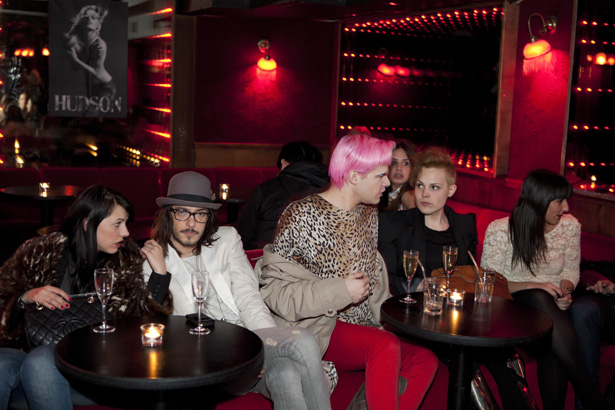
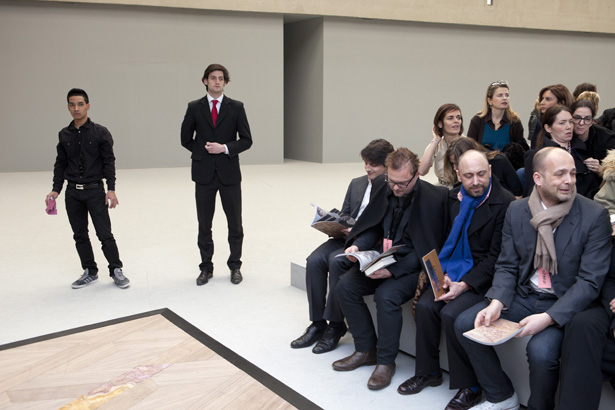
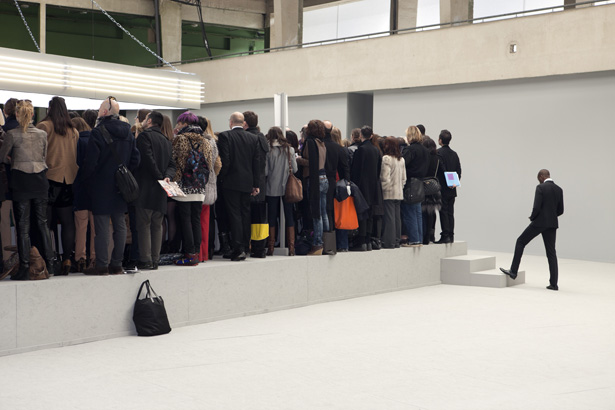

Comments are closed.